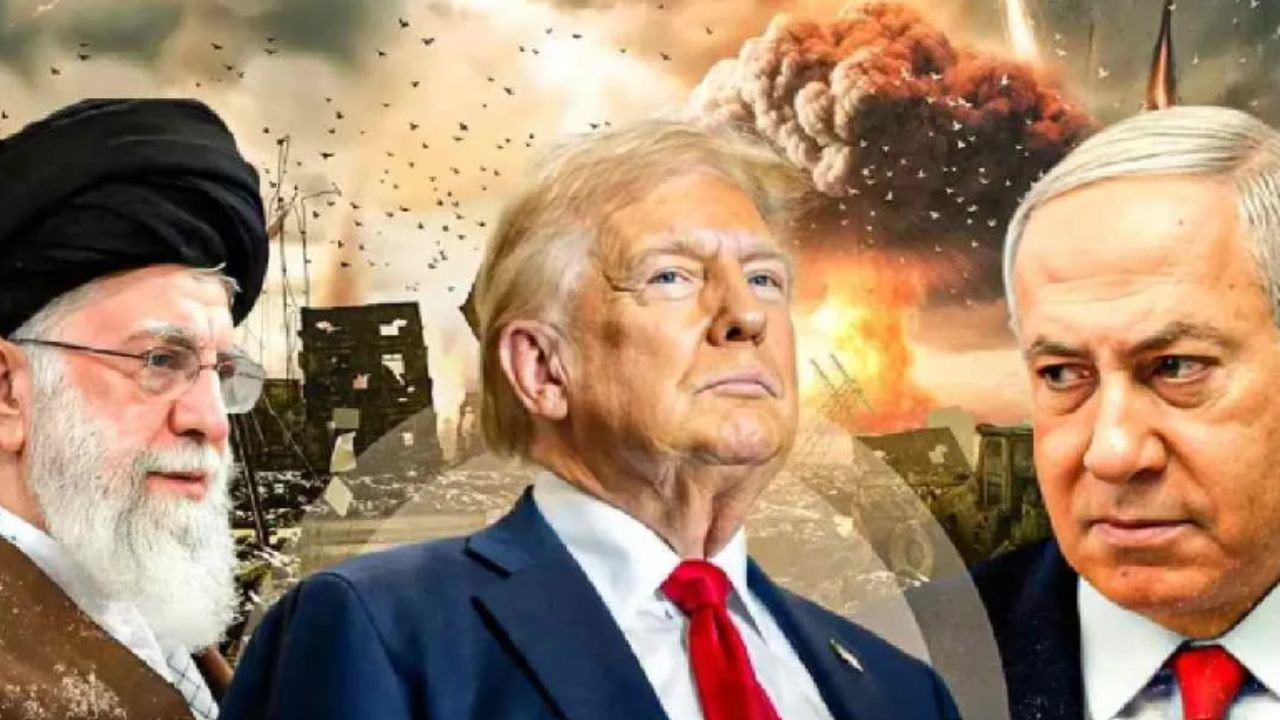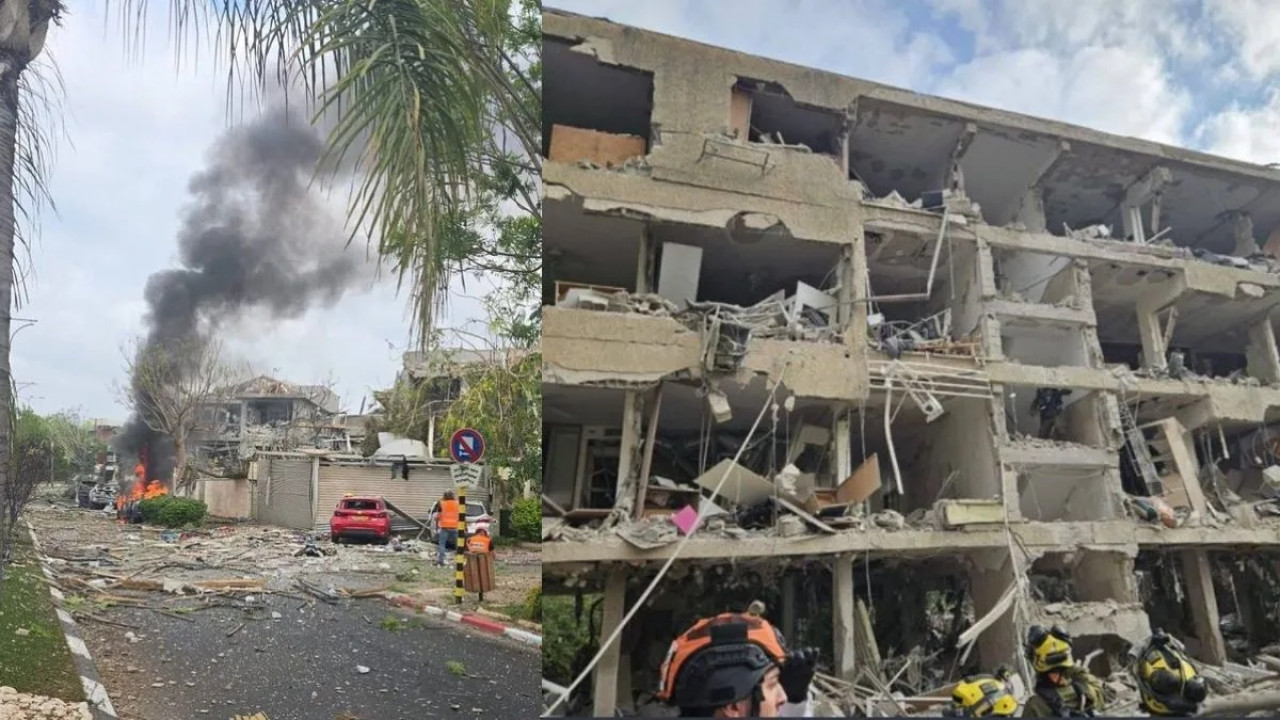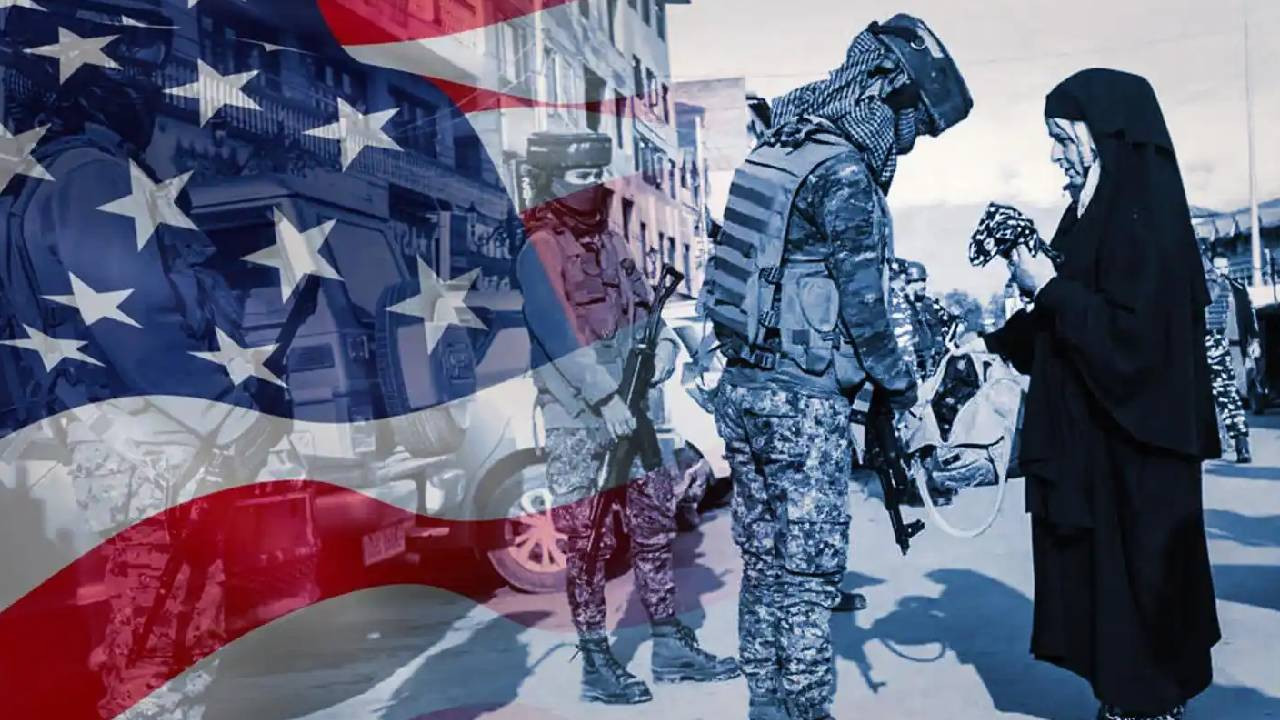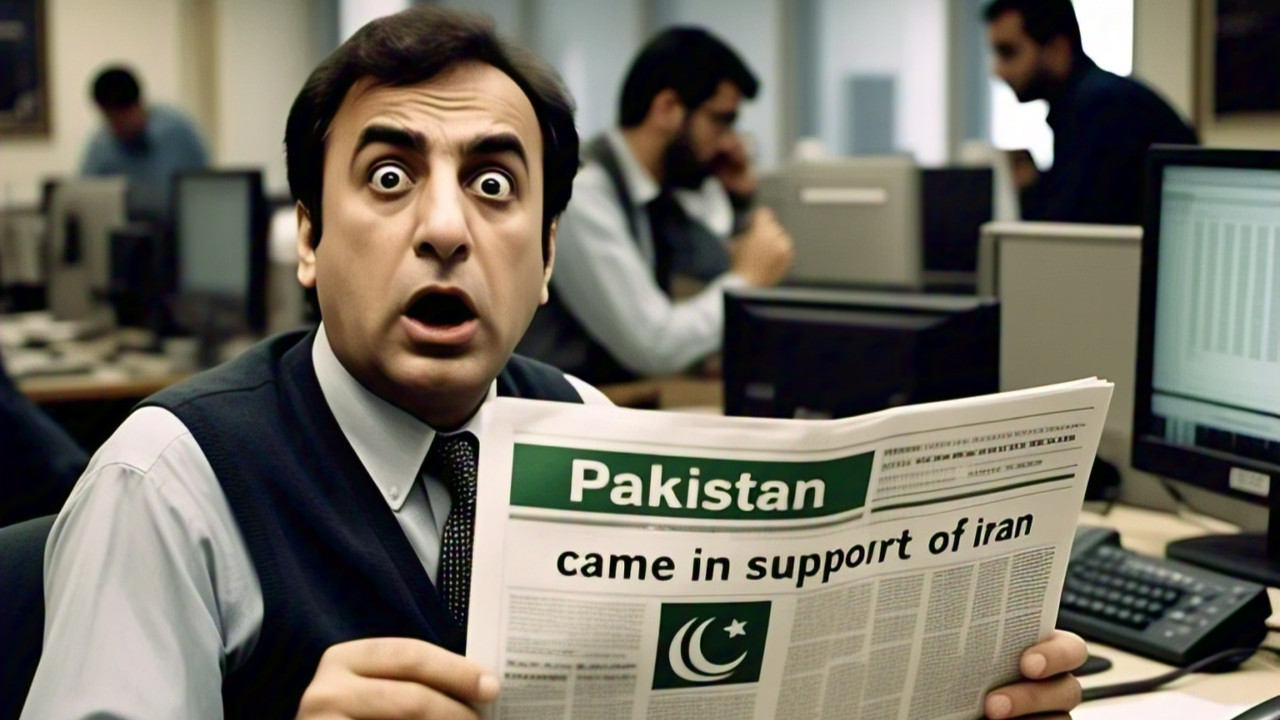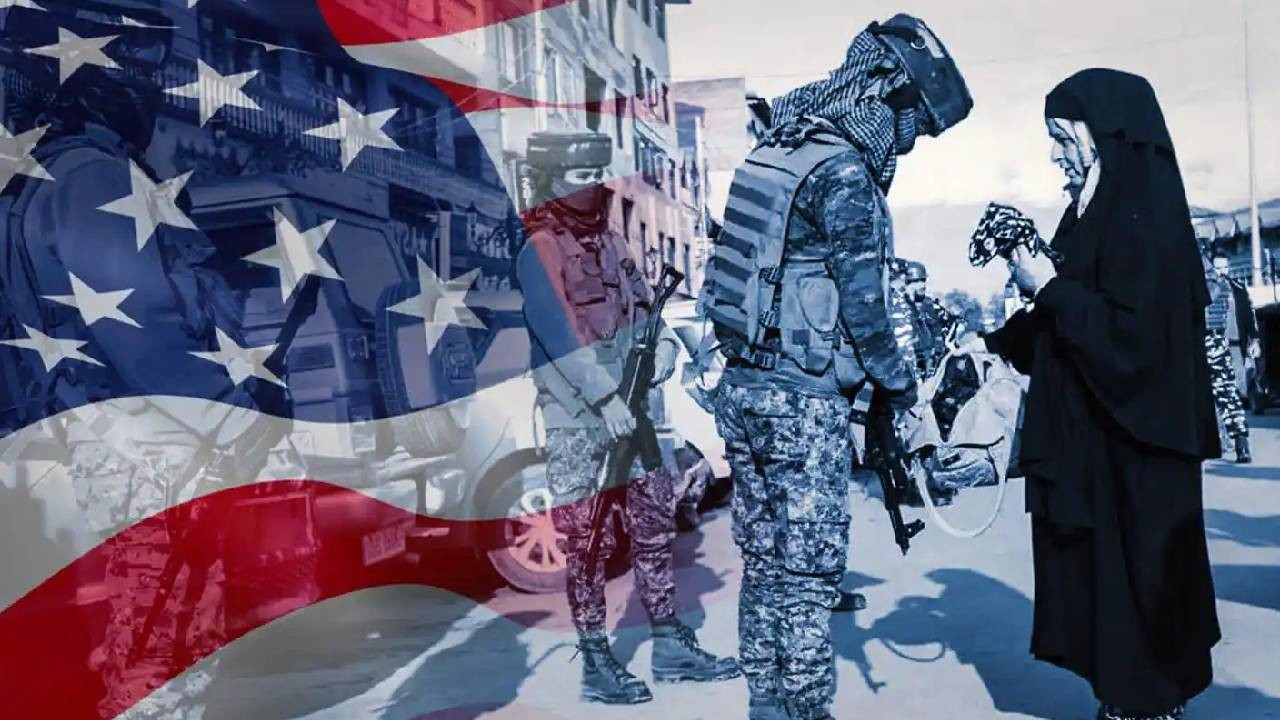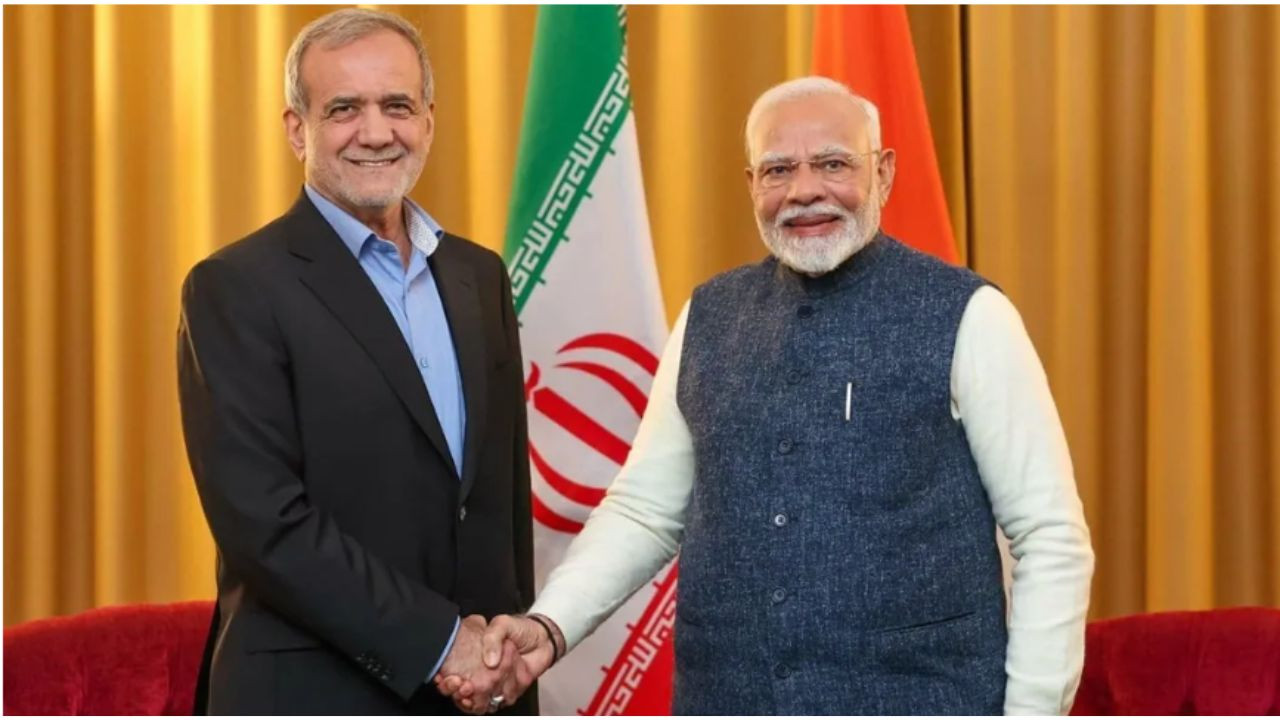The Israel-Iran conflict reached a devastating peak, with a human rights group reporting 865 deaths in Iran from Israeli airstrikes launched since June 13. In retaliation, Iran’s military, under Supreme Leader Ayatollah Ali Khamenei, fired missiles at Tel Aviv, Haifa, and other Israeli cities, intensifying a war that threatens to engulf the Middle East. The violence follows Israel’s targeting of Iran’s nuclear and military infrastructure.
Israel’s Precision Strikes
Israel’s “Operation Rising Lion,” initiated after Iran’s non-compliance with nuclear obligations, aimed to cripple Iran’s nuclear program and military leadership. Airstrikes hit Natanz and Isfahan facilities, killing 10 nuclear scientists and over 20 commanders, including IRGC chief Hossein Salami. The attacks, which also killed 70 women and children, have drawn global condemnation for their civilian toll, though Israel insists the strikes were surgical.
Iran’s Fierce Counterattack
Iran’s “Operation Severe Punishment” saw over 100 ballistic missiles and drones launched at Israel, with explosions lighting up Tel Aviv’s skyline. The Israeli Iron Dome intercepted many, but at least 24 Israelis died, and 74 were injured. Iran’s state media claimed the strikes targeted military sites, but civilian areas, including a hospital in Beersheba, were hit, prompting accusations of deliberate targeting. Khamenei vowed a “harsh response,” signaling further retaliation.
Global Alarm and U.S. Involvement
The U.S., while aiding Israel’s missile defense, bombed three Iranian nuclear sites on June 22, escalating its role. President Trump warned Iran against further attacks, threatening severe consequences.
A Region on the Brink
The Israel-Iran war, rooted in decades of hostility, has now claimed hundreds of lives and displaced thousands. As both sides exchange devastating blows, the international community faces a critical test to prevent a wider conflict that could destabilize global security and economies.


